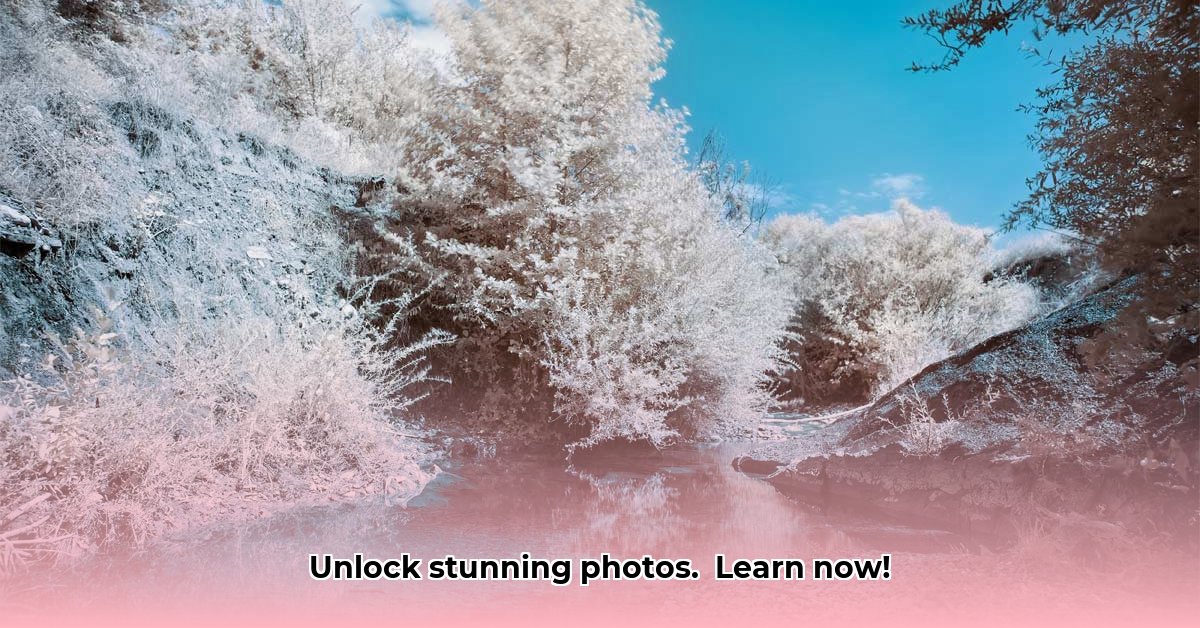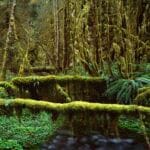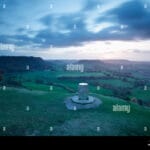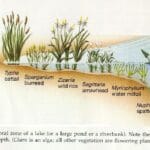Transform your photography from snapshots to captivating narratives with the power of lens filters. This comprehensive guide unveils the secrets of these essential tools, empowering you to shape light, color, and contrast directly in-camera. Whether you’re a novice or a seasoned professional, prepare to unlock a new dimension of creative control. Learn more about enhancing your photos with photo editing apps.
Beyond Instagram: The Art of Optical Enhancement
Forget fleeting digital filters. We’re delving into the realm of professional-grade lens filters—precision instruments that manipulate light and color at the source. These filters offer unparalleled control, achieving effects often impossible to replicate in post-processing. Imagine capturing the ethereal dance of light on water, the vibrant hues of a dramatic sunset, or the smooth flow of time itself, all with the click of a shutter. Lens filters transform your camera into a storyteller’s brush, allowing you to paint your vision directly onto the canvas of reality.
Essential Filters: Building Your Creative Toolkit
Let’s explore the core filter types that will revolutionize your photography:
Neutral Density (ND) Filters: Control light and time with these versatile filters. By reducing light intake, ND filters enable longer exposures, even in bright daylight. Capture the silky smooth flow of waterfalls, the ethereal blur of moving clouds, or the streaking lights of cityscapes. Imagine blurring the bustling crowds of a city street into a ghostly haze, leaving only the static architecture in sharp focus. ND filters unlock the power of motion blur, transforming ordinary scenes into dreamlike visions. ND filters are categorized by their density, measured in stops, indicating the amount of light reduction. A 3-stop ND filter reduces light by 3 stops, allowing for an exposure time eight times longer than without the filter. Variable ND filters offer adjustable light reduction, providing flexibility in dynamic lighting conditions.
Polarizing Filters (CPL): Banish unwanted reflections and unveil vibrant colors with these magical filters. CPL filters selectively absorb polarized light, eliminating glare from non-metallic surfaces like water and glass. This reveals the true colors beneath the surface, intensifying blues and greens, and adding depth and richness to your images. Imagine photographing a vibrant forest scene with glistening leaves and a clear, sparkling stream. CPL filters cut through the surface glare, unveiling the vibrant greens of the foliage and the true colors of the stream bed below. Furthermore, they darken blue skies, creating dramatic contrast with the clouds. Rotating the filter allows you to fine-tune the polarization effect, maximizing its impact.
Graduated Neutral Density (GND) Filters: Balance light and shadow with these specialized filters. GND filters feature a smooth transition from dark to clear, allowing you to balance exposure in high-contrast scenes, such as landscapes with bright skies and darker foregrounds. Imagine capturing the fiery hues of a sunset without overexposing the sky or underexposing the landscape below. GND filters preserve detail in both bright and dark areas, creating a balanced and harmonious image. GND filters come in various strengths and transitions, from soft-edged for gradual horizons to hard-edged for well-defined horizons.
UV Filters: Protect your lens and enhance clarity with these essential filters. UV filters act as a protective shield for your lens, guarding against scratches, dust, and fingerprints. While their UV-blocking capabilities are less critical with digital sensors, they can still help reduce atmospheric haze in certain conditions, particularly at high altitudes or near bodies of water. They are also ideal for protecting your front lens element in challenging shooting environments, like beaches where sand and salt spray can damage your lens.
Filter Selection: Tailoring Tools to Your Vision
Choosing the right filters depends on your photographic style and subject matter.
| Photography Style | Recommended Filters | Benefits |
|---|---|---|
| Landscapes | ND, GND, CPL | Control light, balance exposure, enhance colors, reduce glare, and create dramatic skies. |
| Portraits | CPL, sometimes ND or Soft Focus | Reduce glare on skin, control depth of field, create dreamy backgrounds, and enhance eye color. |
| Macro | Close-up lenses, sometimes ND | Magnify subjects for extreme close-ups; ND filters allow for slower shutter speeds to control light. |
| Street Photography | CPL, ND | Minimize reflections, capture motion blur for dynamic scenes, and control depth of field. |
| Astrophotography | Light pollution filter, sometimes ND | Minimize light pollution, enhance star visibility, and capture star trails with long exposures. |
| Wildlife Photography | ND, sometimes CPL | Blur motion (e.g., bird wings), reduce glare on water or animal fur, and allow for slower shutter speeds in bright light. |
Mastering Filter Techniques: Refining Your Craft
Maximize the potential of your filters with these essential techniques:
- Filter Stacking: Combine filters for creative control. Stacking allows you to combine the effects of multiple filters, such as an ND and a CPL, to achieve specific results. Be mindful of potential vignetting when stacking, and ensure filters are clean to avoid dust spots.
- Filter Positioning: Precise placement is crucial, particularly with GND filters. Ensure the transition aligns with the horizon line for seamless blending. With CPL filters, rotate the filter while looking through the viewfinder to observe the polarization effect and achieve the desired result.
- Light Management: Filters affect the amount of light entering the lens. Adjust your camera settings accordingly, using manual mode for precise control. Use a light meter or your camera’s histogram to ensure proper exposure.
Choosing Filters for Landscape Photography: A Practical Guide
High-quality filters are essential for capturing breathtaking landscapes. Select filters made of optical glass for optimal clarity and minimal distortion. Consider investing in a filter system that allows you to easily swap and combine filters. Start with a circular polarizer and a 3-stop ND filter to expand your creative possibilities.
Using Graduated ND Filters: Balancing Light and Shadow
GND filters are indispensable for high-contrast landscapes. Choose the appropriate transition (hard or soft) based on the horizon. Align the transition with the horizon and adjust the filter’s position to fine-tune the effect. A tripod is essential for maintaining stability during long exposures.
Mastering CPL Filters: Enhancing Water and Sky
CPL filters transform water and sky photography. Rotate the filter to observe the effect on reflections and sky saturation. Adjust exposure accordingly, as CPL filters reduce light transmission. Experiment with different rotation angles to achieve various effects, from minimizing reflections to deepening blue skies.
The Power of Filtered Photography: Unleash Your Creativity
By mastering these techniques and understanding the unique properties of each filter, you can enhance your creativity and capture truly stunning images. Experiment, explore, and discover the transformative power of filtered photography.
- Red Cloud, NE: Discover Willa Cather’s Legacy - April 11, 2025
- Remember Old Social Media Sites? Their Rise and Fall - April 11, 2025
- How many days till Feb 3?Accurate Countdowns & Tools - April 11, 2025
















